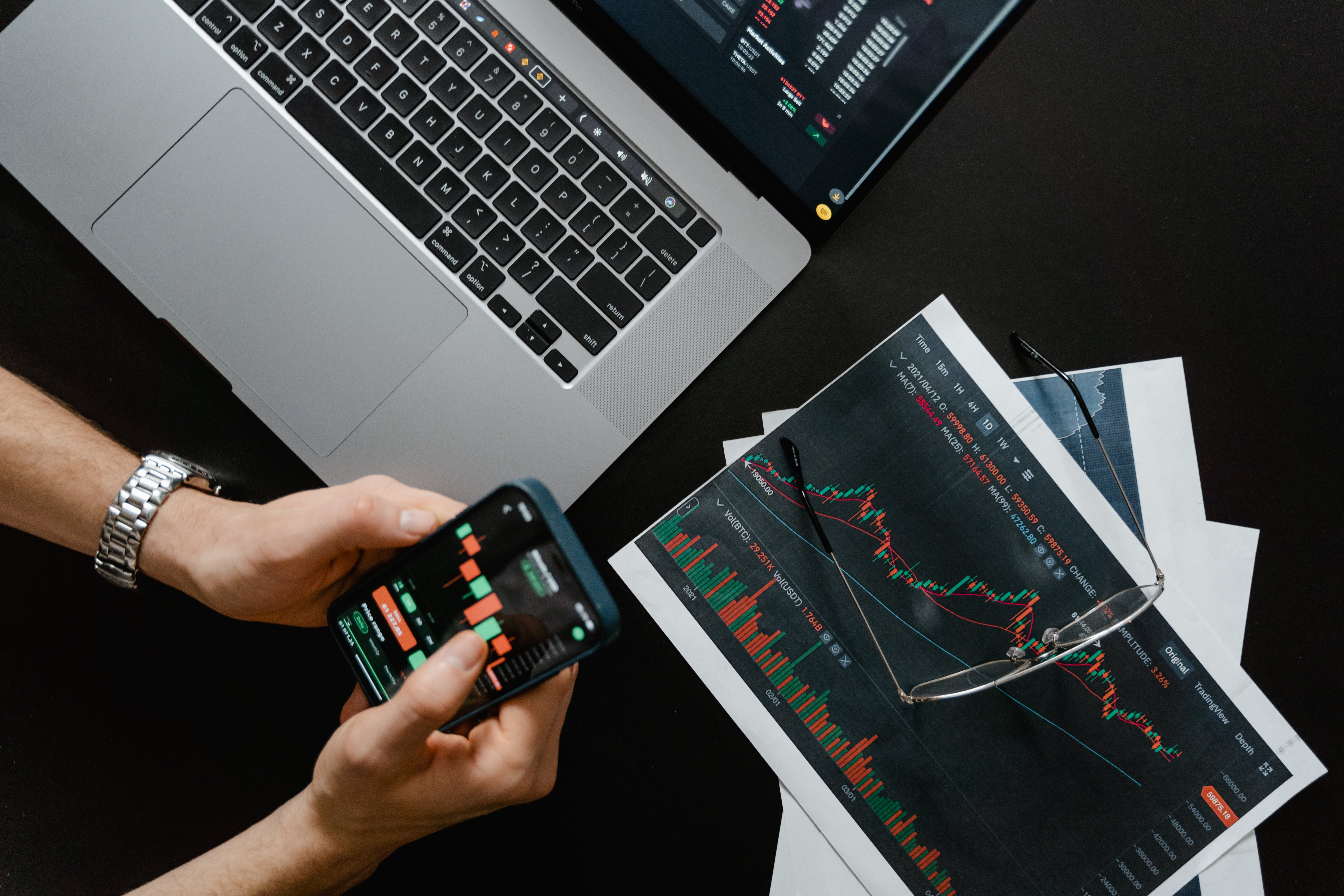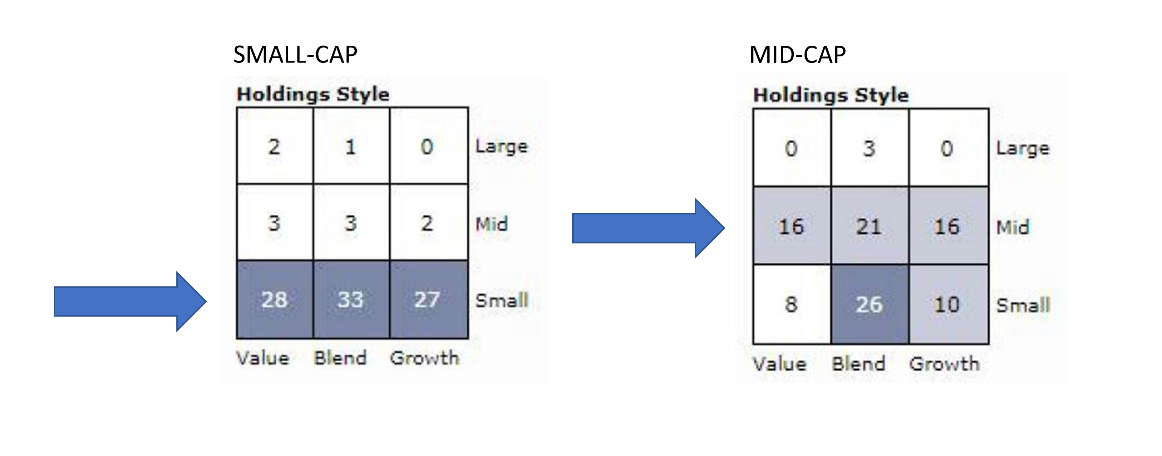Category: Investments
Q4 2023 Commentary and Portfolio Changes
Key Takeaways: We are changing our allocations to slightly overweight U.S. quality stocks, seeking to capitalize on the recent market pullback and position for potential upside surprises in U.S. economic growth and corporate earnings. We are leaning into U.S. high-quality stocks expressing a high-conviction preference for the largest cap stocks in the U.S. that appear to have attractive growth profiles. We plan to decrease our exposure to Europe, moving underweight international Developed Market (DM) stocks due to weakening corporate earnings signals and more pronounced downside vulnerability to potential rising energy prices and geopolitical turmoil. We are underweight bonds and overweight cash and short-term instruments that offer very attractive yields. The ghost of September's past haunted markets once again in 2023 and has carried over. This notoriously weak seasonal period - combined with rising rates and declining liquidity - saw stock and bond prices press lower. The S&P 500 Index, for example, is off its late summer highs by almost 10%, and the Bloomberg U.S. Aggregate Bond Index is down a similar amount from its earlier highs. We are potentially facing an unprecedented third year in a row of bond market losses. Overall, it has been a challenging year for investors with only the largest stocks doing well while most equity and fixed-income styles are flat to down. The “Magnificent 7” stocks in the S&P 500
The Importance of Diversification
Many people think their investments are diversified, but when you dig deeper on any given portfolio, we find that’s often not the case. In order to diversify your portfolio, you want to choose a variety of assets – stocks, bonds, cash and others – but you also want to choose ones whose returns haven’t all historically moved in the same direction, and, ideally, assets whose returns typically move in opposite directions to hold up your portfolio hold up better in down markets. That way, even if a portion of your portfolio is declining, the rest of your portfolio, hopefully, is growing, and you can potentially offset some of the impact of poor performance on your overall portfolio. Another important aspect of building a well-diversified portfolio is that you try to stay diversified within each type of investment. For example, in terms of your individual stock holdings, beware of overconcentration in a single stock. We usually advise our clients that a single security shouldn’t account for more than 5% of your stock portfolio, unless it’s with the company you work for, and even then, you should limit it to 25%. It’s also smart to diversify across stock holdings by market capitalization (including small, medium, and large caps), sector, and geography. Another important consideration is stock overlap or duplication between funds. This often leads investors to believe they are diversified, when in fact th
Should You Take a Summer Vacation From Your Investments?
There’s an old saying you’ve probably heard that gets repeated every year in the spring and early summer that goes “Sell in May and Go Away.” But is that good advice? What’s the best thing for you and your investments over the historically slower summer months? The phrase sell in May and go away is thought to originate from an old English saying, "Sell in May and go away, and come on back on St. Leger's Day" (pronounced “ledger”). This phrase refers to a custom of upper class aristocrats, traders and financiers who would leave London to spend the summer months in the country. Specifically, it refers to the St. Leger's Stakes, a thoroughbred horse race held in mid-September. It turns out that the saying is based in solid analysis - From 1950 to around 2013, the Dow Jones Industrial Average has had an average return of only 0.3% during the May to October period, compared with an average gain of 7.5 percent during the November to April period, according to Forbes. But, since 2013 there’s good reason to believe that’s no longer the case. For example, the S&P 500 rose nearly 7% from the beginning of last May through the end of October, according to YCharts. The blue-chip index was up 5% during May through October of 2016 as well. The market did fall in the May-October period of 2015 because of concerns about China. But the S&P 500 enjoyed a 7% pop from





 Virteom
Virteom